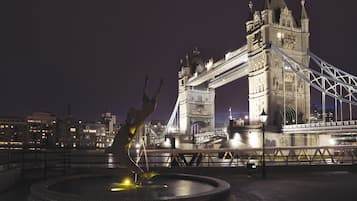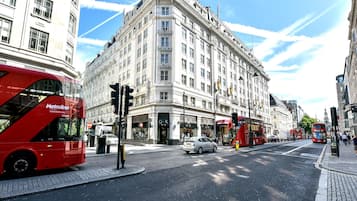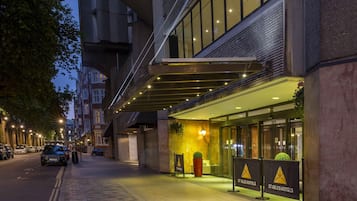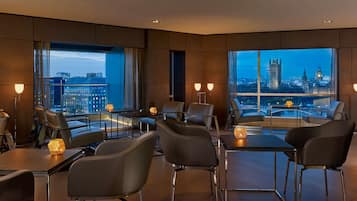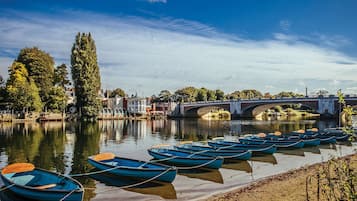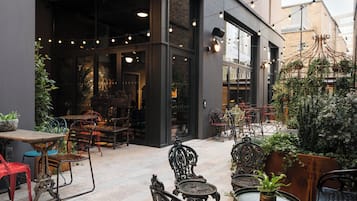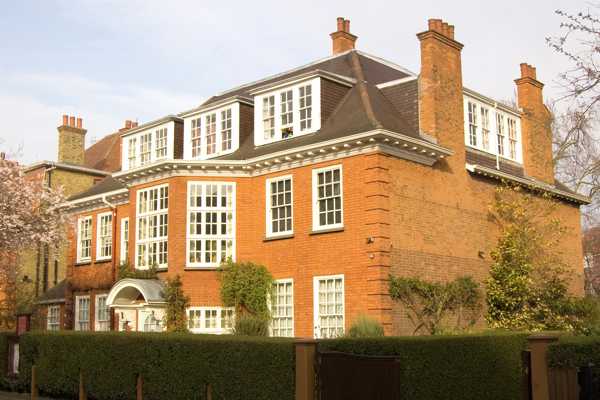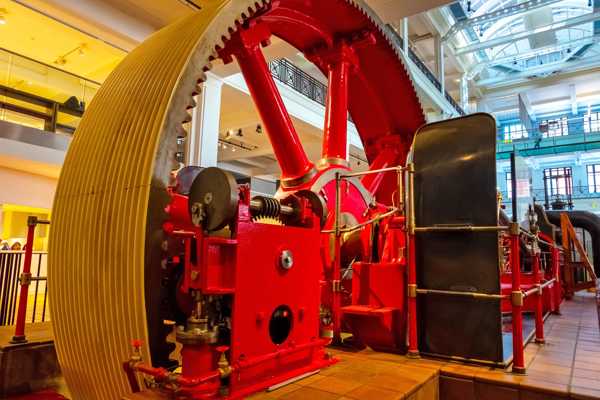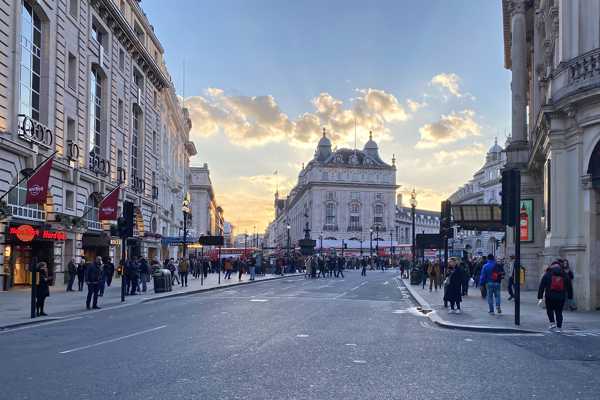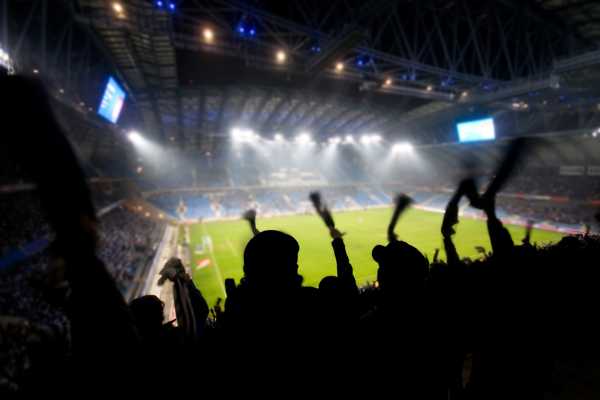Tower Bridge is London’s most distinctive bridge. It spans the River Thames to the east of the city, flanked by the Tower of London on the north bank and City Hall on the south. As well as its role as a vital river crossing, it’s a popular tourist attraction. The bascule bridge was an attractive solution to the accessibility issues in the past. The word bascule means ‘seesaw’ in French.
The middle section of the bridge was engineered so that it opened to an angle of 86°. Steam-powered pumping engines created energy which was stored in 6 accumulators. Using this system of hydraulics, the bridge could be raised to its full height in about a minute. Today, hydraulic power still controls the bascules but oil and electricity have replaced steam in 1976.
Tower Bridge in London - one of the highlights of 13 Most Instagrammable Places in London and 12 Best Things to Do in London (Read all about London here)

A brief history of London’s Tower Bridge
Traffic in this part of London had been increasing during the late 19th century, so a bridge was urgently needed. However, there was a major hurdle to overcome. The river was also busy with ships accessing the Pool of London, a stretch of the waterway lined with wharves. The desire to ease congestion had to be balanced with the demands of trade.
Any bridge that was constructed had to be able to accommodate the masts of sailing ships. Various architects submitted designs, including the illustrious Joseph Bazalgette who was responsible for improving London’s sewers. The committee rejected his and over 50 other designs and adopted a gothic-style bascule bridge proposed by Sir Horace Jones. At the time, critics labelled it “absurd” and “pretentious” but most Londoners have a warm affection for it.
Construction of Tower Bridge began in 1886 and was completed after 8 years. It was a mammoth feat of engineering, using over 400 labourers. First, the team sunk 2 piers into the riverbed. Next came a steel framework clad with Cornish granite and Portland stone. The design was intended to be appealing to the eye, but the stone was also functional, helping to protect the steelwork from the elements.
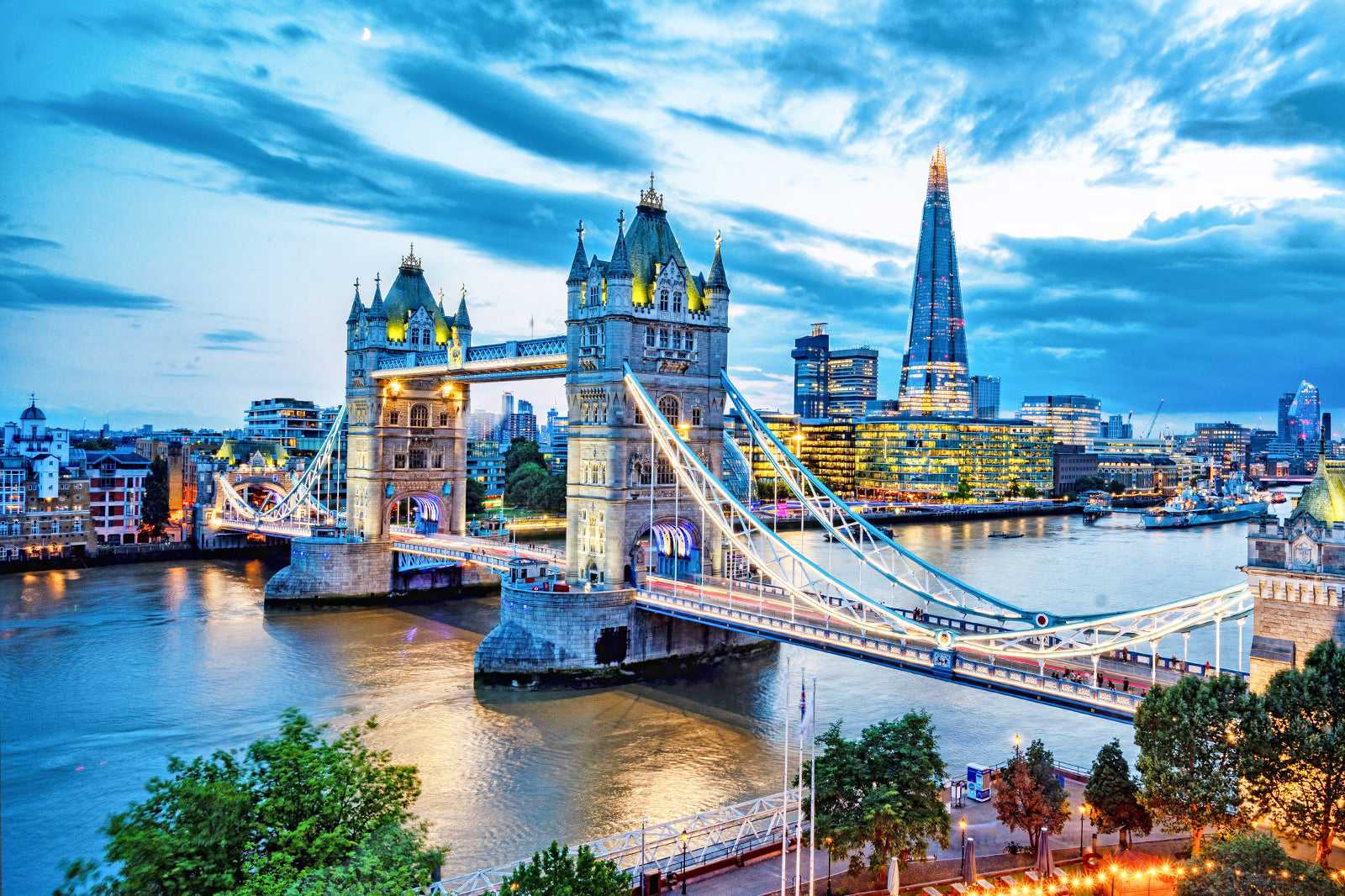
Good to know about Tower Bridge
A rare sight on 4 of London’s bridges, including Tower Bridge, is a flock of sheep. Those who hold the title of Freemen of the City of London were once permitted to herd their animals over the bridge if they were going to sell them. There are no such livestock markets in central London now. However, the practice is occasionally used as a publicity stunt or to raise money for charity.
A little more often, you can watch as the bascules are raised. Once, this would have happened many times a day, but it’s a lot less common in 21st-century London. However, anyone who requires access – those whose mast measures more than 9 metres – can request a lift via email. Lift times are posted on the Tower Bridge's official website.
One driver had a particularly thrilling crossing, thanks to an oversight by a watchman who forgot to ring his warning bell. Albert Gunter was driving the Number 78 bus over the bridge when he realised the south bascule was moving. He accelerated and landed the double-decker on the northern bascule before it started to rise. Gunter broke his leg on impact but his passengers were uninjured.
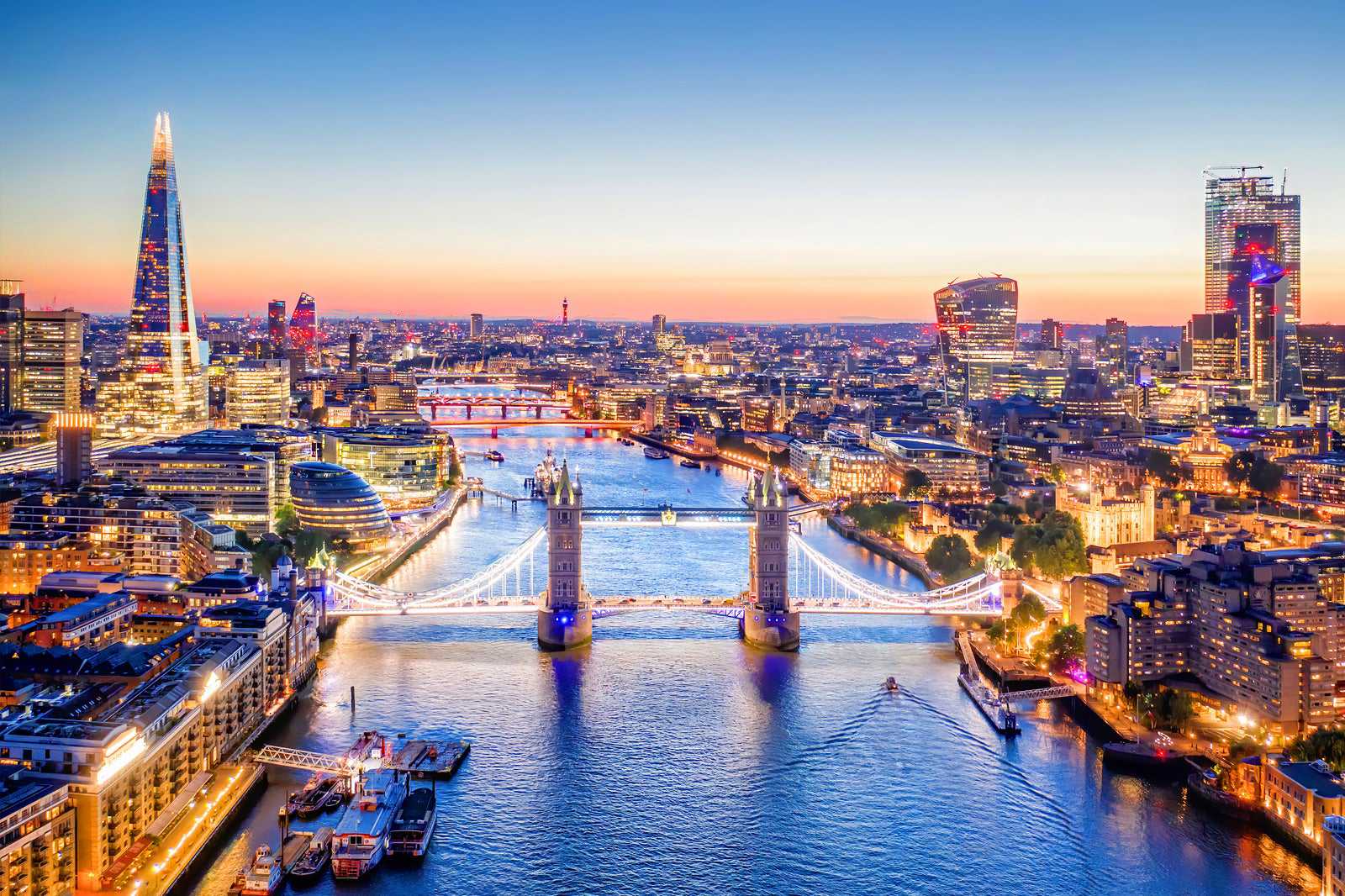
Tower Bridge in London
Lage: Tower Bridge Rd, London SE1 2UP, UK
Öffnungszeiten: Daily from 10.30 am to 7 pm
Telefon: +44 (0)2074 033761



